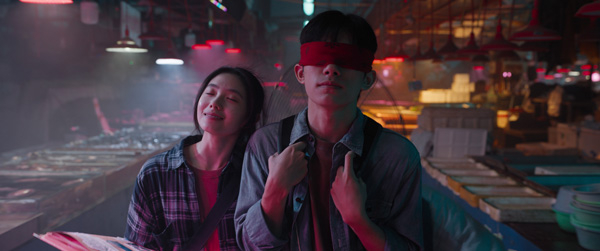
Chinese director Han Yan released ‘A Little Red Flower’ as the second instalment of his ‘Life Trilogy’ series, a drama about two families battling cancer. The first was a comedy in 2015 titled ‘Go Away Mr. Tumor!’ that dealt with an individual’s fight against cancer. After opening on 31 December, ‘A Little Red Flower’ grossed over US $123m dollars by 5 January, becoming one of the world’s top grossing films of that period.
Homeboy in Beijing graded the film, a digital film laboratory and post studio with a special interest in pioneering colour grading techniques. Hua Cheng, colourist and owner of Homeboy, started on the project before production, working with the director and DP to set the look of the film in Blackmagic Design DaVinci Resolve Studio 17 with DaVinci Resolve Advanced Panel.
Film Emulation LUT
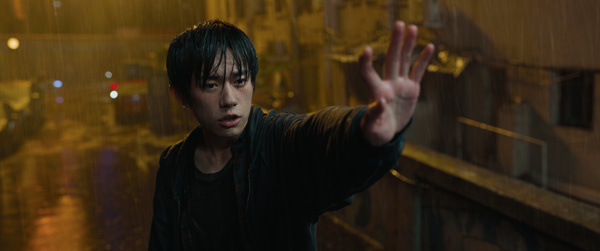
“The director wanted a natural look for the film to keep the story firmly grounded in the real world. Based on the DP’s creative work, we aimed for a filmic modern look by starting with a film emulation LUT and working from there,” he said.
After testing various Kodak 2383/2393 Print Film LUTs, Homeboy decided on one of these and then adjusted it to recover the colours from the footage that were needed to match the look. After that, the custom LUT was put to use for production, including on-set monitoring.
Though Resolve 17 was still in its beta testing phase at that stage, Hua Cheng used some of its new features in the grade, such as the new Magic Mask, which is driven by a neural engine. “Magic Mask helped us create and track selections efficiently for persons or a specified part in. In the past, it required VFX artists to spend time making roto mattes, which means extra manpower, time and costs. Magic Mask reduces those factors,” said Hua.
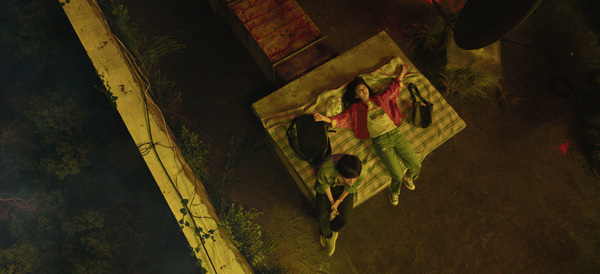
Users isolate one or more people within a composition by applying single, small paint strokes to each individual, which generates an accurate mask very rapidly. The operation can be defined to focus just on a specific feature, like an arm or item of clothing. The fact that the neural engine is tuned to recognise people narrows its applications, but also means you only need to identify the person in a minimal way.
Render Caching
“The new .drb and .drt formats in Resolve 17 are designed to export and import individual bins and timelines and made it more convenient to keep the data management orderly and accurate. We have also noticed that Resolve 17’s ability to support render caching in collaborative workflows made sure the grades the colourist made could be updated for every team member instantly using a render server, lowering the hardware requirements for workstations.”
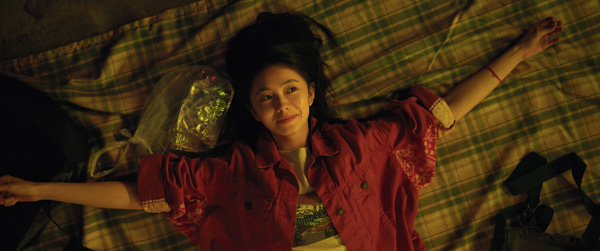
Render caching is about real-time playback. In effect, DaVinci Resolve can pre-render the complete timeline to a lighter format that smoothly plays back the media as a single stream, with the edits, effects and grading burned in. Using render caching does affect render times and occupies some storage space but helps cope with slower-processing types of media and sequences with lots of effects.
Database Collaboration
“The collaborative workflow updates introduced since Resolve 12.5 have been reliable and useful,” he said. "The workflow we adopted is based on the shared PostgresSQL database, which allowed the colourist, assistant colourist, data management and conforming personnel to do their work simultaneously, which saved time. When the colourist was grading, the conforming department was able to add or remove shots at the same time and the assistant could made specific adjustments to some of the shots according to the colourist’s instructions."
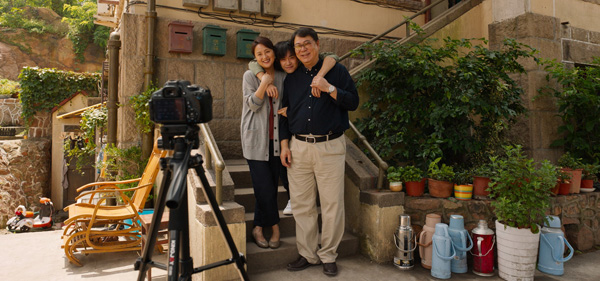
In DaVinci Resolve, databases store all project details, from preferences to the corrections and grades themselves. In a studio with multiple Resolve workstations, setting up a shared database makes moving from room to room simpler, and makes available Resolve functionality such as timeline collaboration and remote rendering. Furthermore, because an SQL database uses an IP address, instead of a file path to its location as a disk database does, it can be shared or accessed from other machines, in or outside the facility.
Throughout, Hua worked with the DaVinci Resolve Advanced Panel, contributing to the efficiency and accuracy of his grading work, and a DeckLink SDI 4K card that gave him a 12-bit 4:4:4 quality image for monitoring, making him more confident in each decision as he made it when manipulating the colours. www.blackmagicdesign.com



